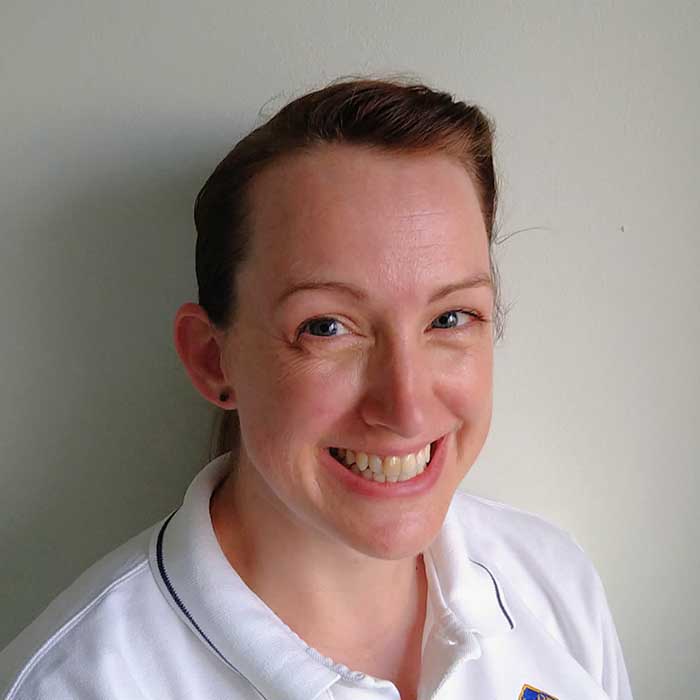Samantha Rooney

Samantha is a Senior Physiotherapist working in Neuro Critical Care at the Queen Elizabeth Hospital Birmingham.She has been working in the specialty of Neurosciences for a number of years. During this time she has developed a significant interest in the pressure and positioning challenges that patients with complex neurological conditions pose. She strongly believe that patients admitted to hospital should not develop preventable issues e.g. pressure ulcers, and where there are specific restrictions that impact on the ability to undertake pressure care, the risk should be identified and minimised as much as possible.
Her interest in pressure care has led her to become the Pressure Care and Preventing Harm Therapy Lead and Co-chair of the Therapy Preventing Harm Group. She has played a significant role in a number of pressure care related workstreams at a departmental and Trust level, working uni-professionally, multi-professionally and collaboratively with other key stakeholders. She’s a key member of the Trust Pressure Ulcer Steering Group, and is currently establishing cross site therapy links for Pressure Care & Prevention since the Trust merger with Heart of England NHS Trust.
Presentation at The SoTV/EWMA 2024 Conference, London
Movement is everbody’s business
Learning objectives
After attending this session, persons will be able to:
- Understand the role of calf muscle in venous return
- Understand the impact of immobility.
- Understand your role in supporting patient activities
- Recognise the link between mobility and wound healing
- Identify some simple tools / activities / exercises
Abstract
Movement is everyone’s business, but who is everyone? It could be you!
The positive physiological and psychological benefits of physical activity are widely known (UK Chief Medical Officers Physical Activity Guidelines, 2019).
Being mobile and active not only reduces the risk of medical problems but also reduces the risk of falls and skin damage/pressure ulcers.
As muscle power declines with age and immobility, it is important to maintain muscle function and strength to preserve or improve blood flow and venous return and the action of the calf muscle pump but it is often difficult to know where to start and what to do.
During this interactive session, we will provide an overview of impact of activity on wound healing and provide some evidence-based tips and tools to aid anyone with the practical implementation of exercise.














